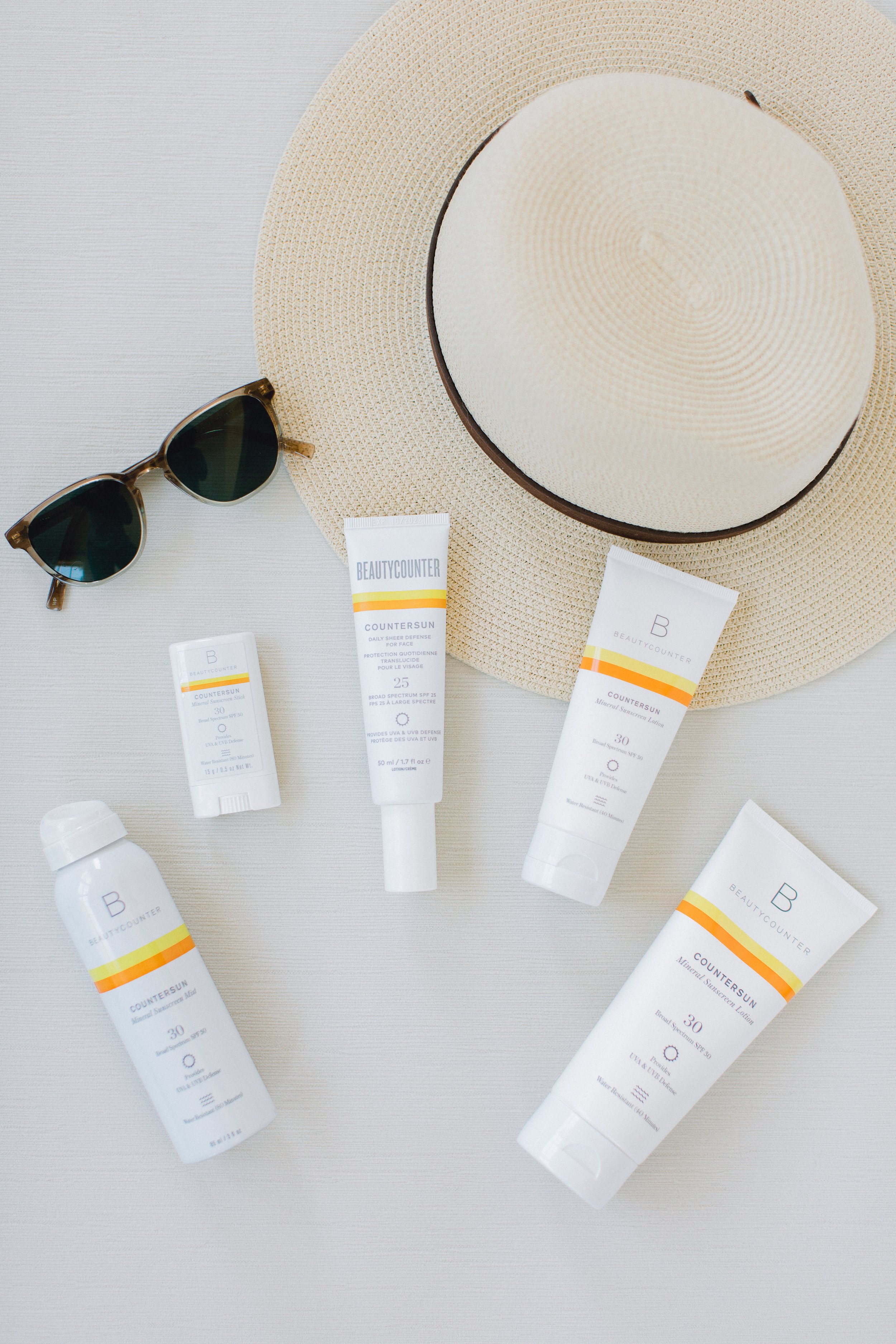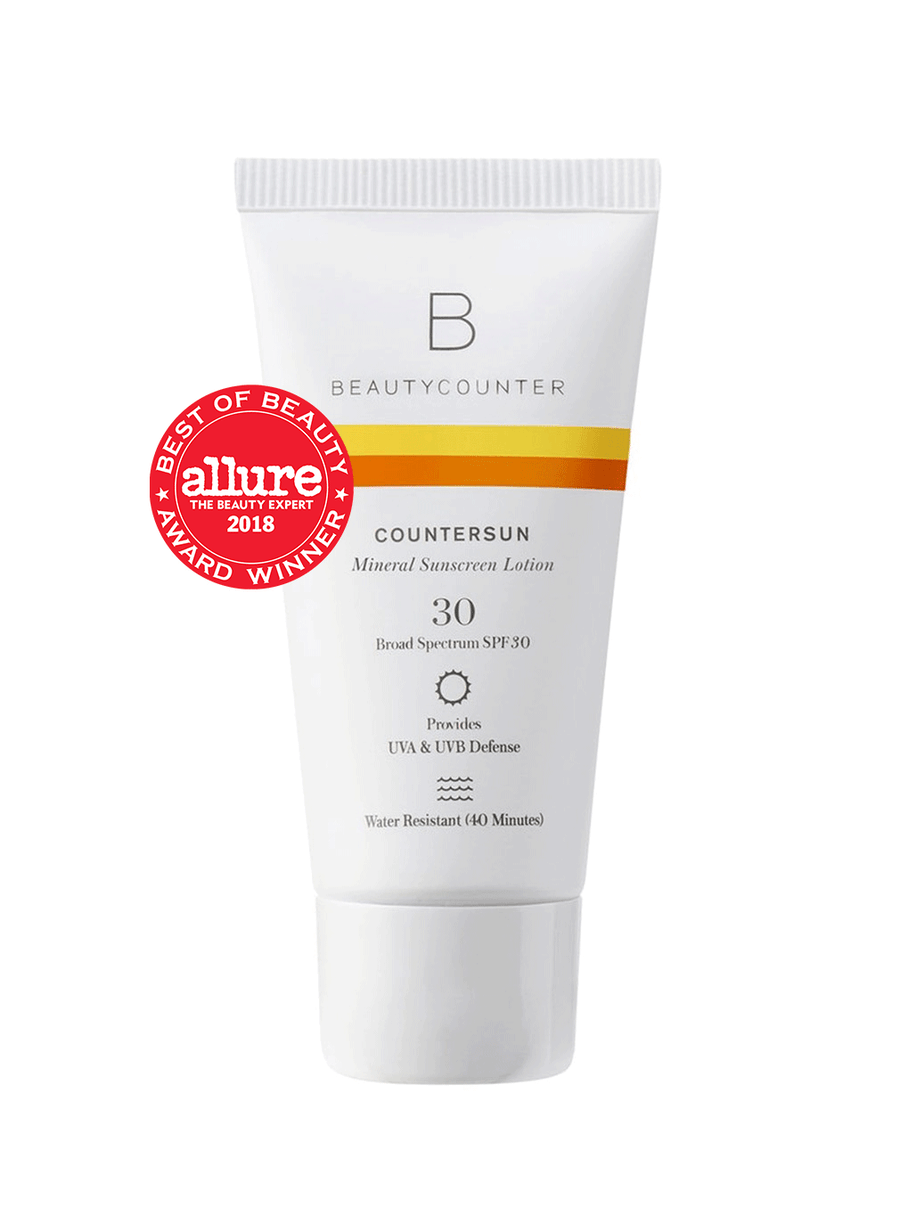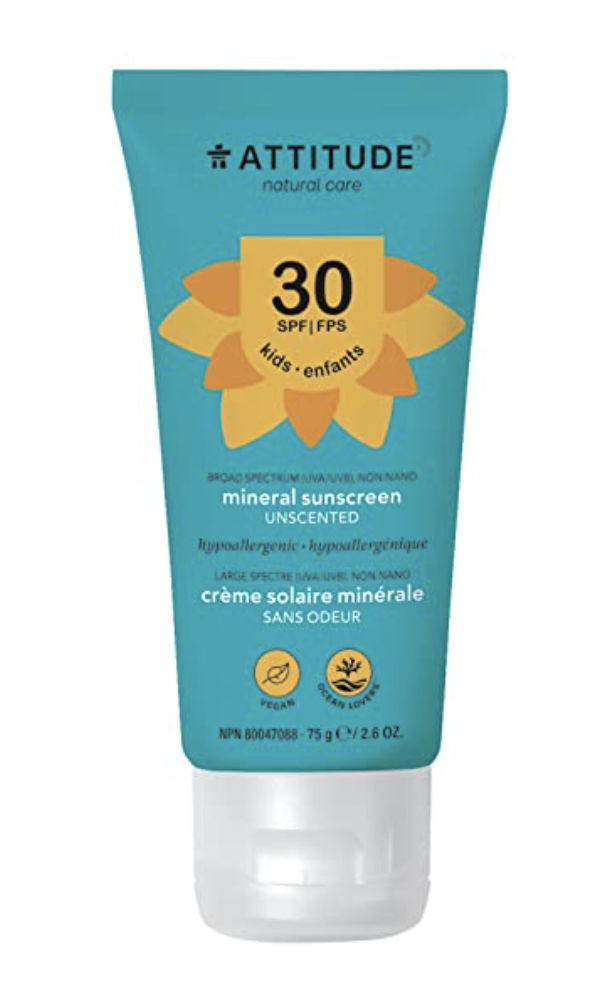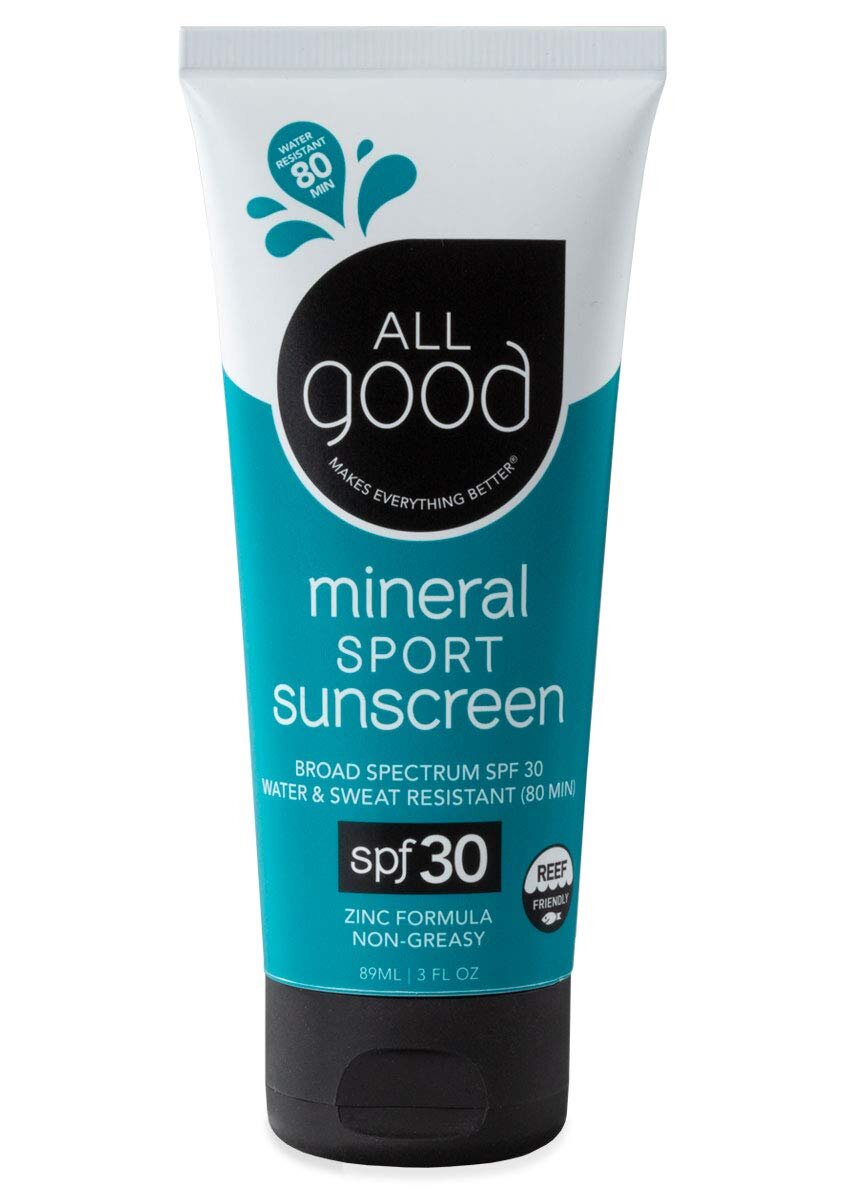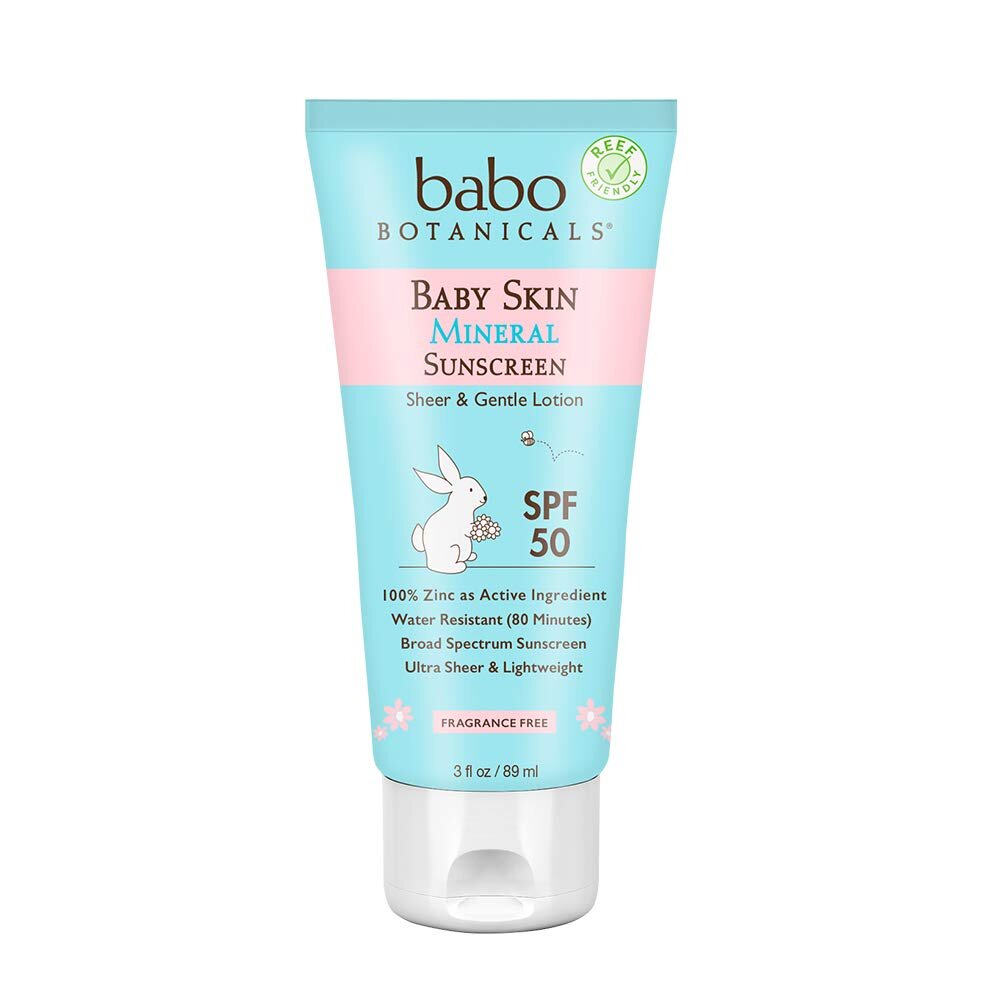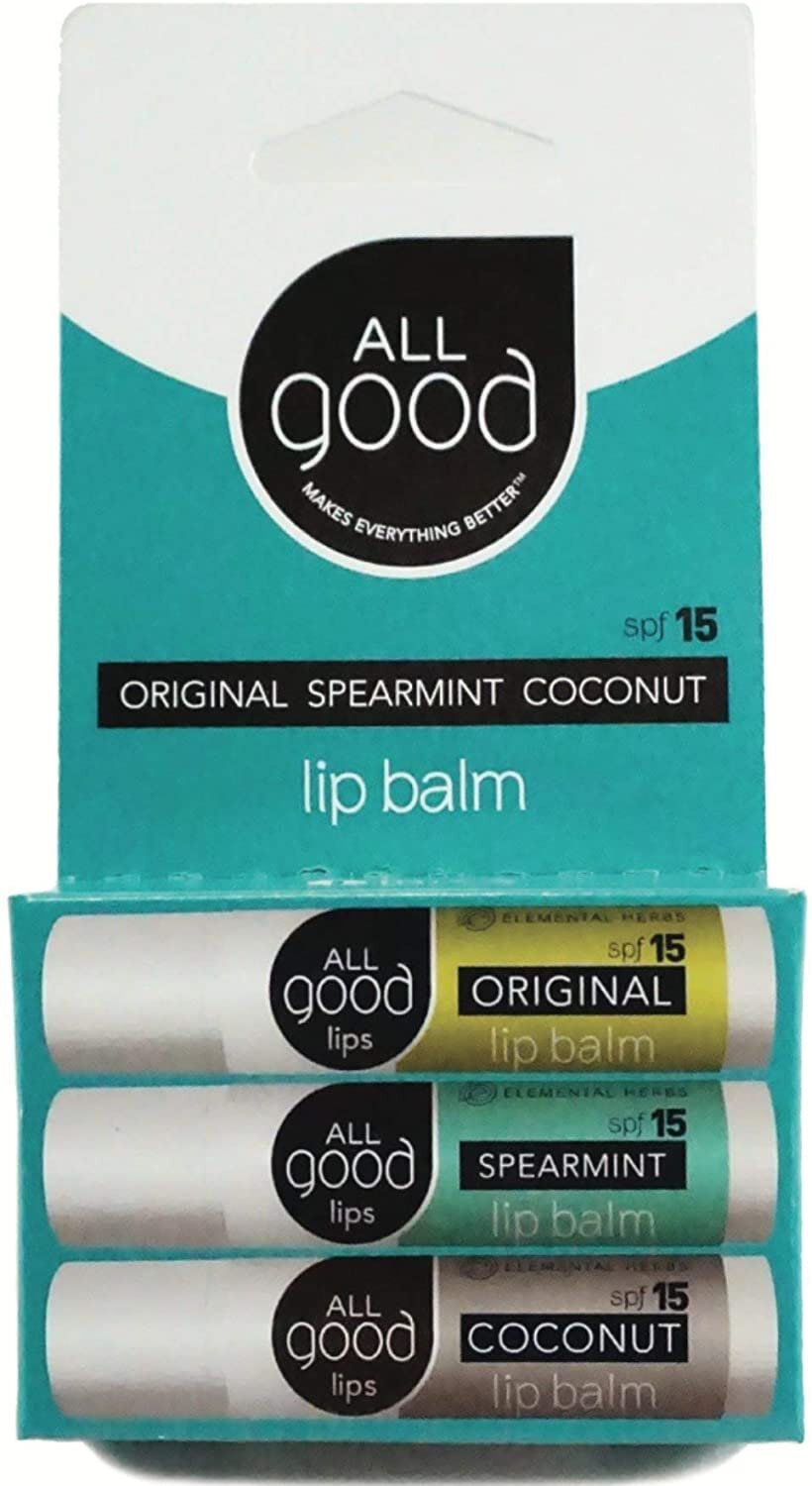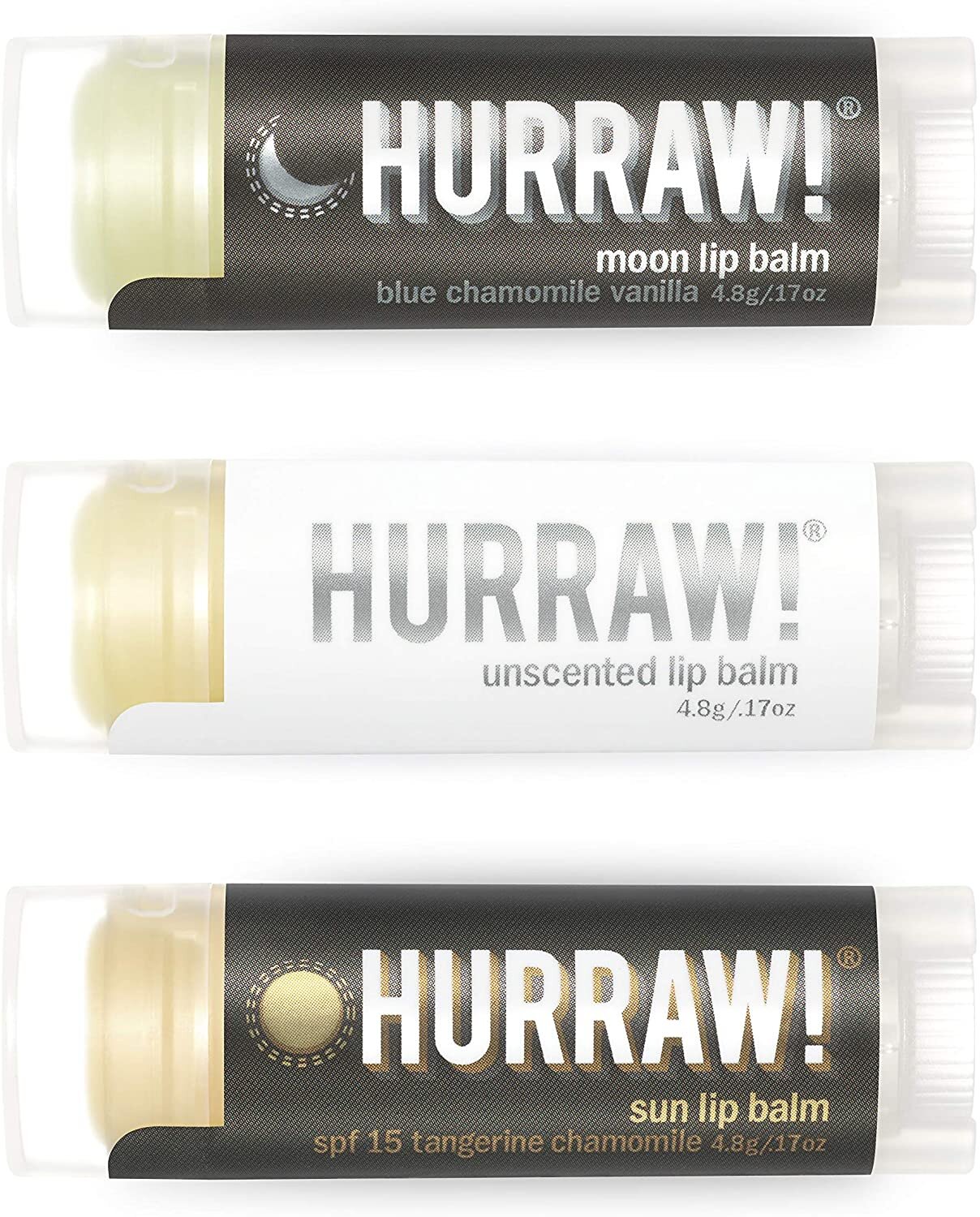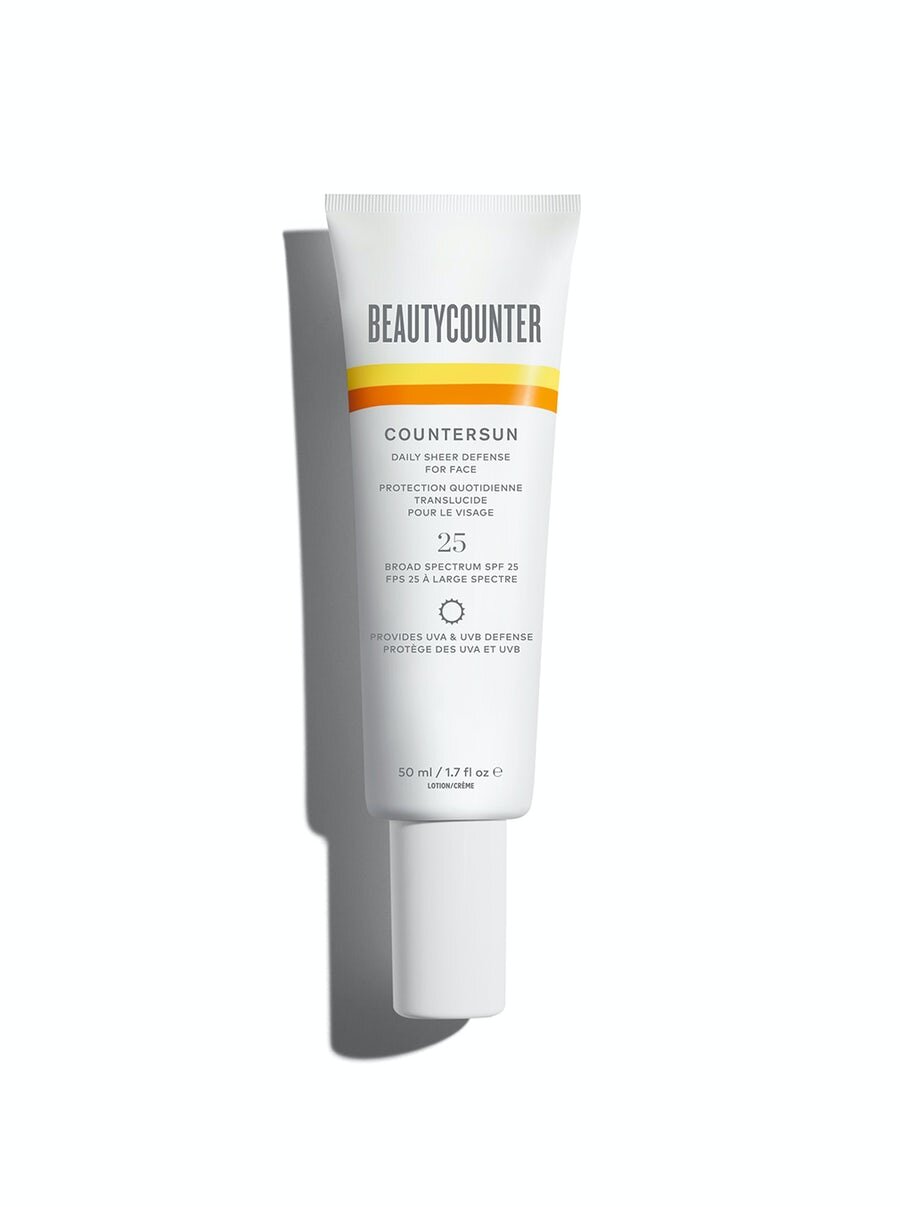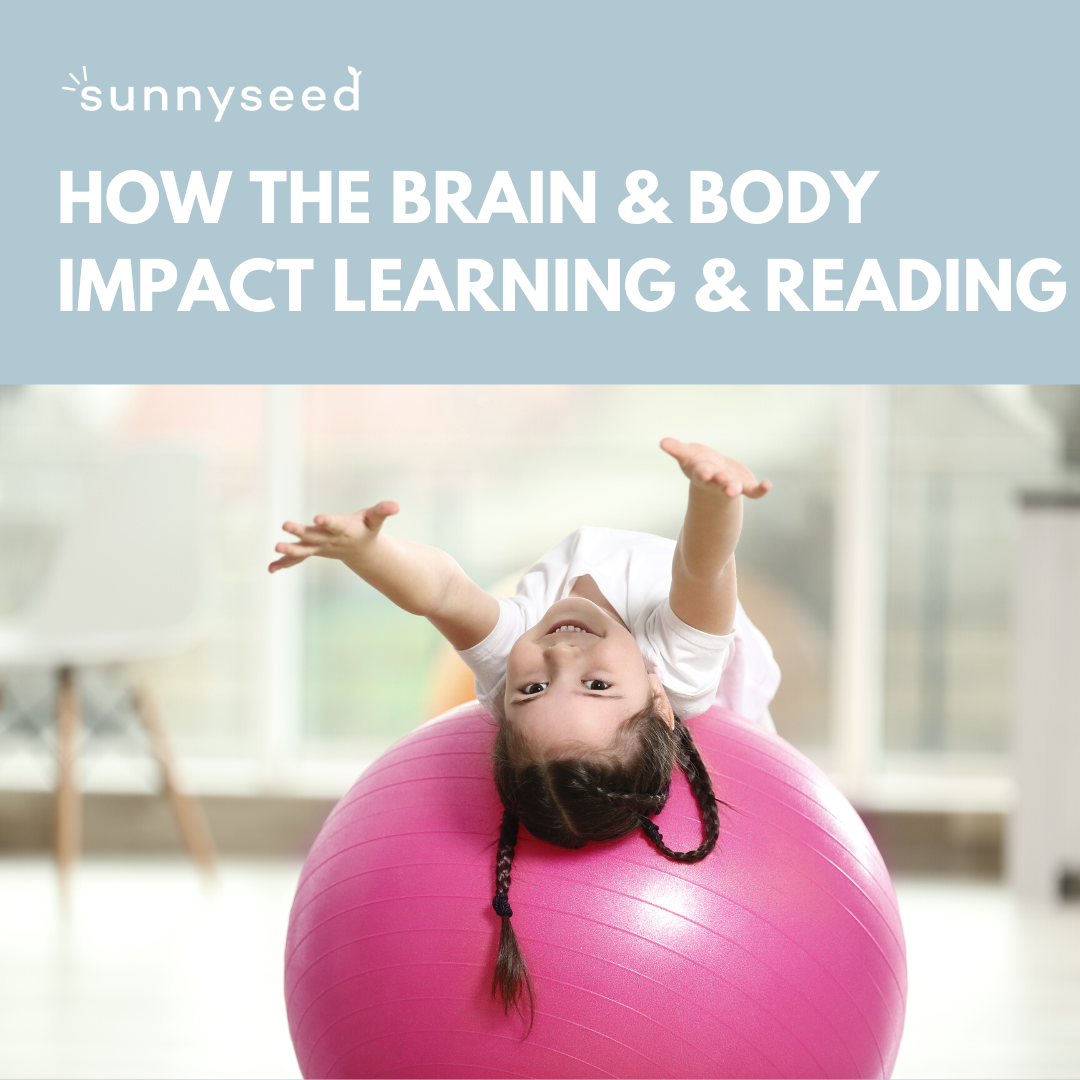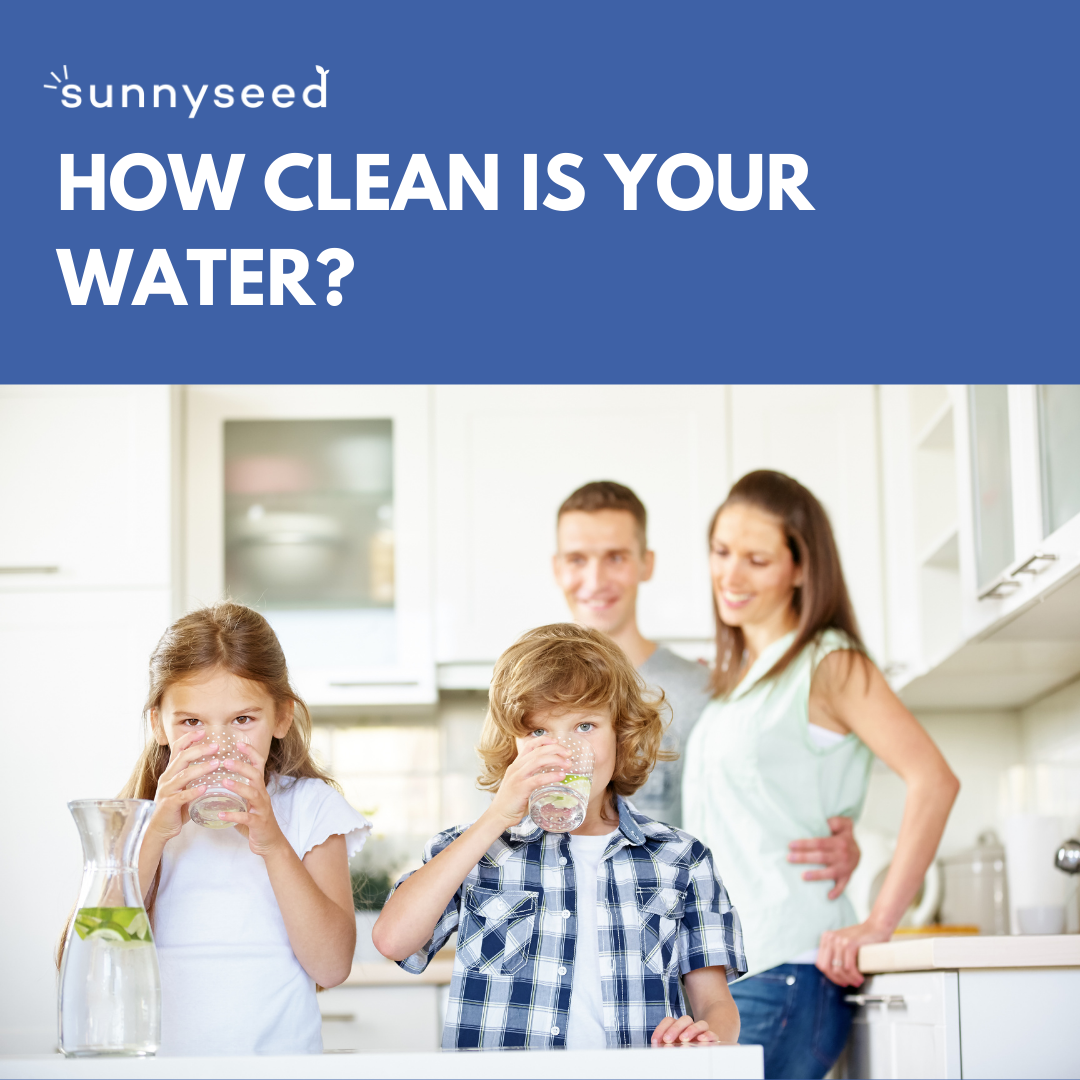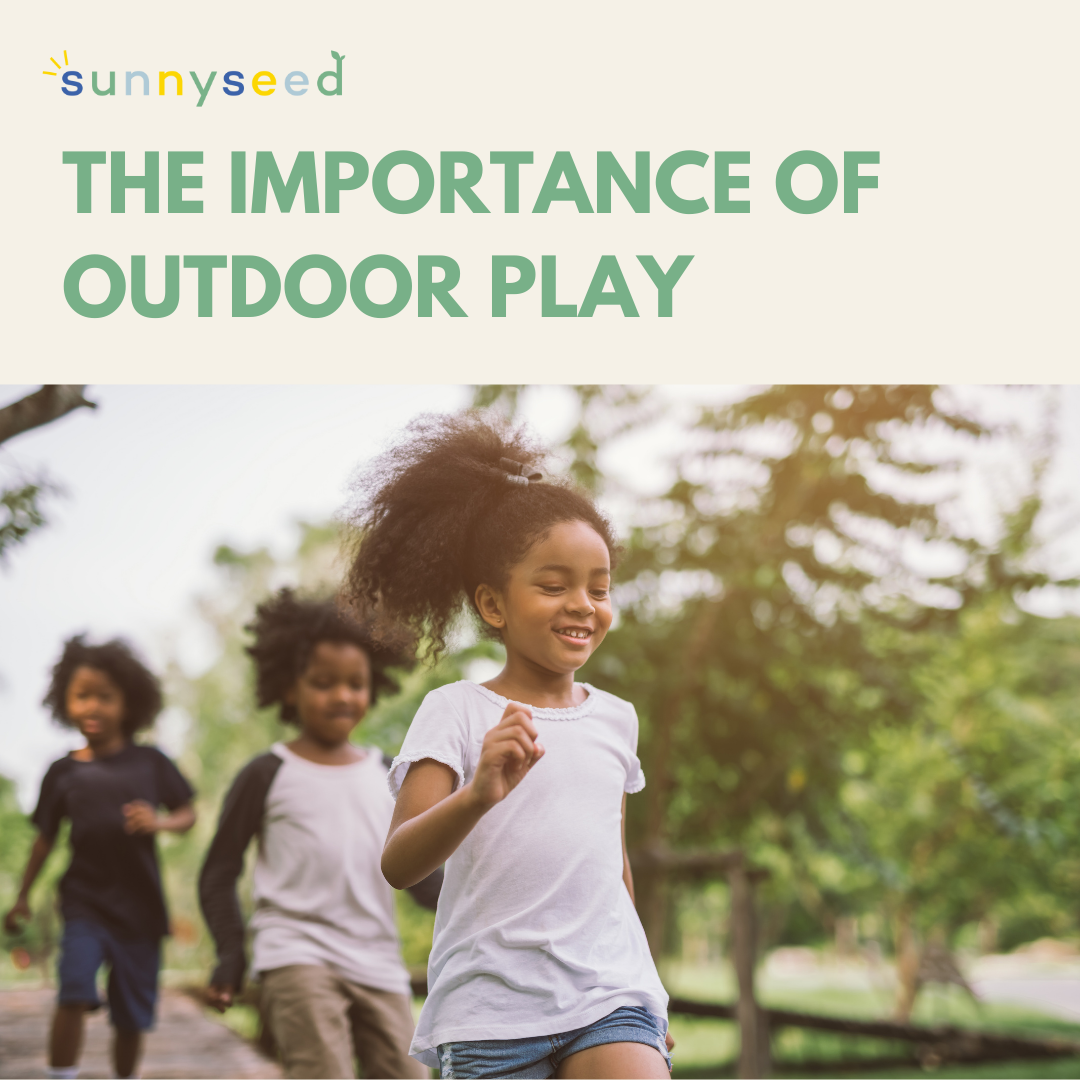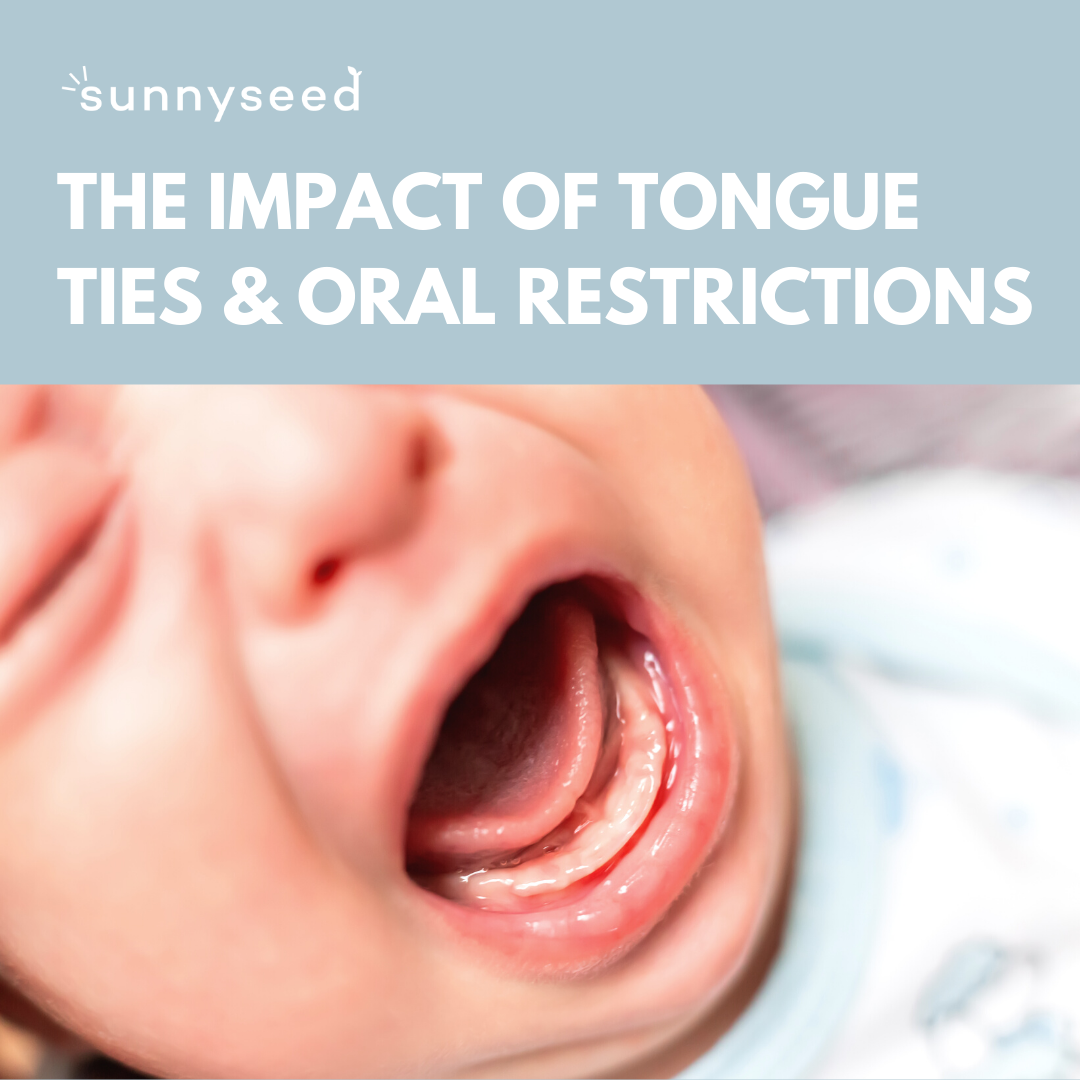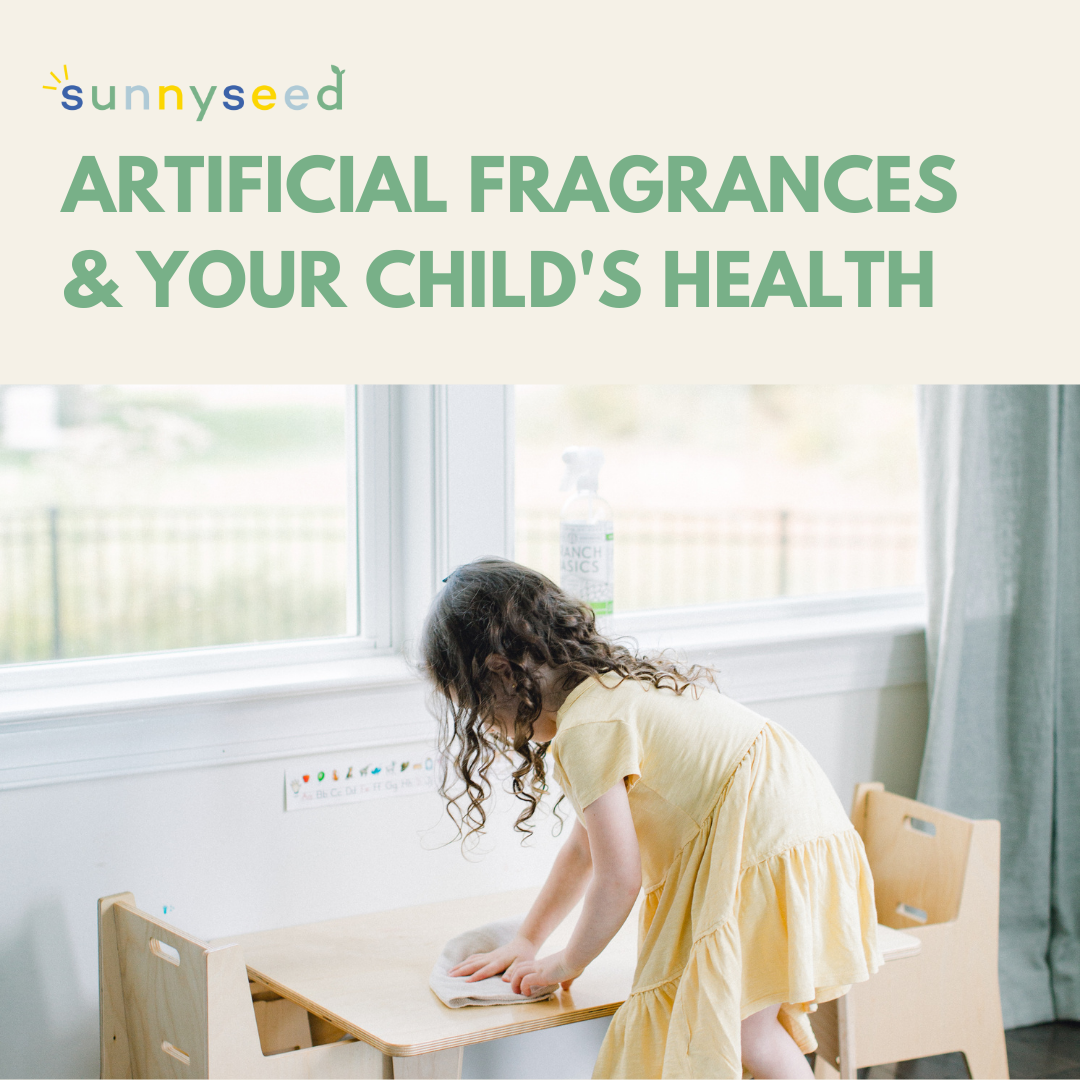Sunscreen: What You Need to Know to Protect Your Family's Skin
One of the best things we can do for our children’s health and development is to play outside for hours every day. But when the temperatures rise, the concern of sunburns and sunscreens can leave us feeling conflicted. We want Vitamin D, but don’t want burns or even worse, skin cancer. Lathering sunscreen over squirmy toddlers is a chore, but we understand outdoor play is vital. What’s a mom to do?!
As someone with very pale skin and a great deal of sun damage, I’ve researched heavily. I’ve learned the ideas + systems I’ve been taught were not founded in science and I’m working to reprogram my beliefs about sun exposure, protection, and consider multiple factors while we enjoy the sunshine to make memories outside!
I hope this blog post helps arm you with education to enter spring and summer with confidence. When we know better, we can do better.
Inside this post:
Sunscreen Basics
Chemical vs. Mineral Sunscreen
Ingredients to Avoid
My Top Recommendations
Vitamin D
Sunlight & Skin Cancer
Protective Factors from the Inside Out
BENEFITS OF SUNLIGHT
Research shoes regular exposure to sunlight improves brain function, sleep quality, energy, growth in children, mood, immune system, and bone density. It can also reduce the risk of certain cancers.
SUNSCREEN BASICS
UVA – UVA rays cause tanning, aging, skin-damaging free radicals, and immune system suppression
UVA radiation penetrates skin tissue more deeply and can generate free radicals – energized molecules that are highly reactive and can damage DNA and skin cells, advance skin aging, and cause skin cancer. Clothing, avobenzone, and zinc oxide are the best UVA filters. (Source)
UVB – these rays stimulate vitamin D production, but can also cause sunburn
Broad Spectrum – blocks both UVA + UVB rays
Water Resistant – if the label says water resistant 40 minutes, that means you’ll need to reapply sunscreen after 40 minutes in the water
SPF – sun protection factor
SPF 15 blocks 94% of rays
SPF 30 blocks 97% of rays
SPF 50 blocks 98% of rays (Source)
Non-nano – the concern here is that nano size particles can seep into the bloodstream (humans) and harm marine life. Look for non-nano. (Source)
CHEMICAL VS. MINERAL SUNSCREENS
The majority of sunscreens on the market today are more harmful than beneficial. Chemical sunscreens, which contain hormone disruptors, carcinogens, and a cocktail of other harmful toxins are absorbed into our skin and enter our circulatory system.
In 2020, an FDA study found chemical sunscreen ingredients are absorbed after one application, and some ingredients can stay in the blood for at least three weeks.
Chemical
Chemical sunscreens contain one or a combination of these fourteen active ingredients. The most popular and most concerning are oxybenzone, avobenzone, octisalate, octocrylene, homosalate, and octinoxate. More below!
Rather than block the sun’s rays, they absorb the rays and turn them into heat, which are then transferred from skin to the air.
Apply and wait 20 minutes before they begin to work.
Chemical sunscreens can also produce free radicals, which cause skin damage, irritation and aging.
Not coral reef safe. (Source)
Mineral
Uses zinc oxide or titanium dioxide, or a combination of both. These are minerals from the Earth.
These minerals reflect the sun’s rays, rather than absorb them.
Start working right away!
Coral reef safe
Non-nano, mineral zinc oxide is my top choice for safer sunscreen!
TOP INGREDIENTS TO AVOID
The tricky part about choosing safer products in our country is that ingredients are not always listed clearly on packaging or can be found under different names to mislead consumers. Terms are also not regulated. In fact, companies are not required to disclose all the ingredients in products to protect the company’s “proprietary information,” which means they can hide ingredients under terms like “fragrance.”
78 sunscreen and after-sun care products contained benzene, an industrial chemical known to cause cancer and other potentially serious health risks. Yet, you’d likely not find the term “benzene” on the list of ingredients.
Oxybenzone
Scores 8/10 on EWG (10 being the most toxic)
Hormone disruptor that acts like estrogen in our body (i.e. a xenoestrogen)
Found in blood, urine & breastmilk samples from American population, meaning it penetrates the skin and infiltrates our circulatory system.
Associated with endometriosis in women and altered birth weight in infants
Alters sperm production in animals
High likelihood to cause skin allergy
FDA study found blood levels 438 times above cutoff for systemic exposure
Found in the urine of 97% of Americans when sampled by the CDC
Octinoxate
Found in breastmilk samples from American population, meaning it penetrates the skin and enters the bloodstream
Hormone-like activity in the body
In animal studies, it alters thyroid, reproductive & behavioral systems
Moderate likelihood to cause skin allergy
FDA study found blood levels 13 times above cutoff for systemic exposure
Fragrance
Fragrance can include over 3,000 chemical ingredients that do not have to be disclosed because “fragrance” is considered a company’s proprietary secret.
Retinyl Palmitate
This is a carcinogenic form of vitamin A that speeds the speeds the development of skin cancer when skin is exposed to sunlight
Vitamin A toxicity can occur if applied in large amounts and repetitively over time.
Can form free radicals that contribute to aging
TOP PICKS
I’ve tried over 20 different mineral sunscreens on my quest for a safer solution that truly worked. My top recommendations are in order of preference. I prefer lotions for more even protection and safety (aerosol is generally toxic). All of these options are non-nano zinc based and rub in clear.
Sunscreen
Countersun – truly the only sunscreen my family (and extended family) uses. It provides protection from UVA, UVB, and HEV blue light rays which increase fine lines and aging. Zinc oxide tends to dry skin so I appreciate how moisturizing this is and easy to remove when the day is done.
Lip Protection
Sunburn Relief
Vitamin E, Vitamin C, and Collagen for repairing skin
USF ointment - helps with severe damage and pulls calcium back into the skin
Belladonna 30C - relieves red, hot and painful skin from burns or sunburn): dissolve 5 pellets under your tongue every hour and decrease frequency with improvement (Source)
Natrum muriaticum 30C - reduces sun-induced rashes/sun allergy): dissolve 5 pellets under your tongue 3 time a day during the period when you are exposed to the sun (Source)
Cataplex F – take 2-3 hours before sun exposure (Source)
Calcium Lactate - take after 4 hours in the sun (Source)
Face Sunscreen
Dew Skin – Tinted moisturizer in SPF 20. This is one of my favorite products! It offers a sheer amount of coverage with a fresh, healthy glow that doesn’t look or feel heavy. It contains hylaronic acid, black currant seed, peony root extract, and vitamin c to smooth fine lines and increase the appearance of firmness, while also protecting my face from sun damage. Available in 6 shades
Countersun Face - Provides protection from UVA, UVB, and HEV blue light rays. SPF 25, blends in easily.
Self Tanners
Contain parabens, phthalates, fragrances, oxybenzone, formaldehyde, and other harmful toxins that absorb into your bloodstream. No thanks! Opt for safer choices:
Beauty by Earth - I’ve used this product for years. The trick is to use a velvet glove to avoid any finger lines.
Eco Tan and Chocolate Sun are also less toxic options.
SUNLIGHT & SKIN CANCER
Each year an estimated 91,000 people will be diagnosed with melanoma, and 9,000 Americans will die from it (NCI 2018). One puzzling fact: Melanomas do not usually appear on parts of the body that get daily sun exposure and nearly 25% of melanoma cases are not related to sun exposure. Perplexing, right?
Research is continuing to show that increased sun exposure could actually increase survival rates of melanoma.
Both UVA and UVB rays can cause melanoma. In the general population, there is a strong correlation between melanoma risk and the number of sunburns a person has had, particularly during childhood (Dennis 2010).
Melanoma rates are higher among people who live in northern American cities with less year-round UV intensity than among residents of sunnier cities (Planta 2011). Researchers speculate that higher vitamin D levels in people with regular sun exposure may play a role in reduced melanoma risk (Godar 2011, Newton-Bishop 2011, Field 2011 - Source).
Interestingly, Americans with more formal education are at greater risk for malignant melanoma than those with less education.
These factors increase the risk of melanoma:
Infrequent sun exposure – we need Vitamin D for our immunity, cancer prevention, and overall health
Too much artificial light, which reduces natural melatonin production. Tip: use blue light filters and time your sleep with the rising and setting of the sun
Not getting enough endocannabinoids and endorphins in your system
Tissue-calcium depletion. Calcium is an immune booster that works best in the tissues. We need ionizable calcium, vitamin D, vitamin K, and essential fatty acids.
Burning whenever you do go into the sun
VITAMIN D
Sunscreen with SPF 30 or more reduces vitamin D synthesis in the skin by more than 95%. (Source)
Vitamin D insufficiency has been linked to cancer, neurological disorders, decreased immune function, autoimmune diseases, type-2 diabetes, heart disease, mood disorders, depression, multiple sclerosis, and insomnia. (Source)
Supplementing with Vitamin D can help, but vitamin D produced in the skin lasts at least twice as long in the blood compared with supplemented vitamin D. “It’s true that over-exposure to the sun can contribute to skin damage, but underexposure to the sun can be far more detrimental to health. We require optimal exposure to sunlight.” - (Source)
As a general rule of thumb, experts recommend exposing as much of your body as possible to sunlight until your skin turns the slightest shade of pink. Several studies have suggested that suddenly getting a lot of sun is more dangerous than steady exposure over time.
PROTECTIVE FACTORS FROM THE INSIDE OUT
Nutrition
Antioxidants neutralize free radical damage caused by exposure to the sun.
Lab studies suggest plant compounds have the ability to protect the skin from adverse effects from UV radiation.
Eat less inflammatory foods (grains, sugar, dairy) and more whole foods that nourish the body (oranges, berries, leafy greens).
Astaxanthin, found in wild salmon, shrimp, algae, crab, salmon roe, and lobster, is one of the most powerful antioxidants in nature. In fact, its ability to fight free radicals has been shown to be 6,000 times higher than vitamin C, 550 times higher than vitamin E and 40 times higher than beta-carotene. It’s also anti-inflammatory. Supplementing with Astaxanthin can also increase your capacity for sun exposure internally. Experts suggest taking this for 3-4 weeks priory to it being fully protective, and then just once a day throughout the summer. Everyone’s threshold is different, but this has been the most powerful tool for me; wish I knew about it years ago! Astaxanthin is a carotenoid and antioxidant addresses free radicals and DNA damage that lead to inflammation and a sunburn.
Chlorophyll is linked to natural cancer prevention. It cleanses the liver, blocks carcinogenic effects within the body and protects DNA from damage. Most naturally green veggies contain chlorophyll, especially spinach, broccoli, asparagus, green beans, collard greens, and parsley.
Homeoapathy
I typically turn pink within 10 minutes so I am eager to try out a homeopathy solution to decrease my reliance on sunscreen. I will take 5 pellets of Boiron Hypericum Perforatum 30C morning and night before our trip.
On the days my sun exposure is high (i.e. at the beach), I’ll take Cataplex F, calcium lactate, and reduced inflammatory foods.
Here’s why: When skin is exposed to the sun and vitamin D is increased, it will pull calcium out of the tissue into the blood circulation at high levels. To mobilize the calcium back into the tissues, take Cataplex F 2-3 hours before sun exposure https://amzn.to/31oBwGG and calcium lactate after four or more hours in the sun.
I’ll report back and update this with my experience!
Tips
Sun exposure is typically the highest between 11-3
I try to take my kids outside in the morning or evening without sunblock to enjoy the benefits of the outdoors, get some Vitamin D absorption, build up their melanin…and avoid having to lather them in sunscreen. Every few days we increase our exposure by 15 minutes. Melanin levels increase with sun exposure and protect skin from burning.
Use sun shirts and hats often. My girls bathing suits always have long sleeves.
This post includes affiliate links, and at no additional cost to you, I will earn a small commission if you purchase through these links. Please note that I've linked to these products purely because I recommend them wholeheartedly and they are from companies I use and trust.
The information provided on SUNNYSEED is not a substitute for professional medical advice or treatment for specific medical conditions. You should not use this information to diagnose or treat a health problem without consulting a qualified healthcare provider. SUNNYSEED is not liable for how the information is used and cannot be held responsible or guarantee any results.


